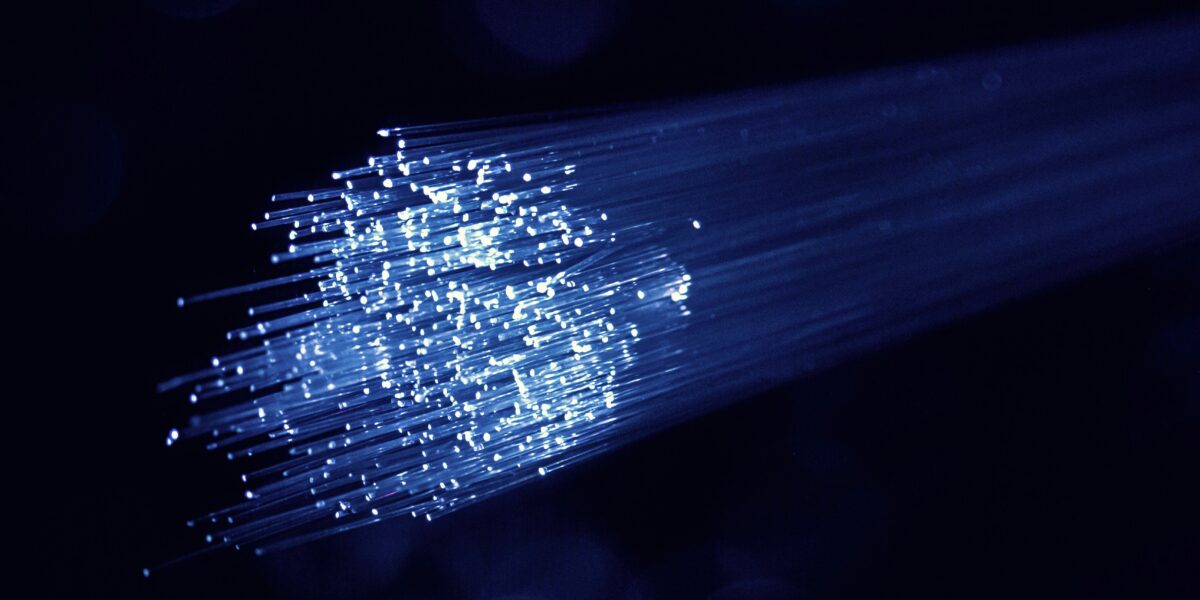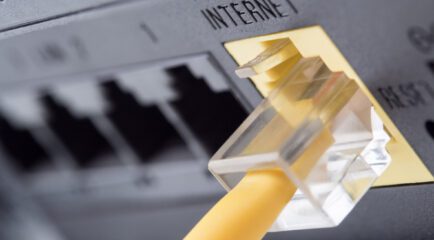Explore the process, the benefits, and why making the switch to fiber internet is worth it
If you’ve ever wondered about switching to fiber internet, you’re not alone. More and more people are making the switch, drawn by promises of faster speeds, greater reliability, and future-proof connectivity. But what happens during the installation process, and why is fiber internet better than traditional broadband options? This blog dives into the details, so you’ll know exactly what to expect when upgrading to high-speed fiber internet.
What Is Fiber Internet and Why Is It Better
Fiber internet uses ultra-thin strands of glass or plastic to transmit data at the speed of light. Unlike traditional broadband methods like cable, DSL, or satellite, fiber offers unparalleled speed and reliability. Here are some key benefits:
- Faster speeds: Fiber internet provides symmetrical speeds, meaning upload and download speeds are equally fast.
- Greater reliability: Fiber doesn’t slow down during peak hours or due to weather-related issues.
- Lower latency: Say goodbye to lag during video calls, gaming, and streaming.
- Future-proof technology: Fiber networks are designed to handle higher demands as technology evolves.
For users dealing with inconsistent internet and slow connections, fiber is a game-changer.
How Does Fiber Internet Installation Work?
Pre-Installation Preparation
Before the installation, All West Communications will check if service is available in your area. If fiber isn't yet available, you can join a waitlist for updates on expansion plans. As your installation date approaches, our team will get the required permits from your city, plan the route for fiber from the nearest connection point on your property, and then place the conduit and fiber that will service your home.
Here’s a step-by-step breakdown of the pre-install work that takes place at your property:
- Laying the fiber-optic cables: If fiber infrastructure isn’t already in place, cables will be installed near your home or business either by underground conduit or hung on aerial utility poles near your property.
- Setting Up the Optical Network Terminal (ONT): This device connects the fiber network to your home’s internet system.
Installation Day - What Happens?
Here is a detailed guide on the installation process within your residence:
- Connecting the router/modem to the ONT: The technician will verify the compatibility of your router with the fiber connection, splice your dedicated fiber strands into the network, and complete the setup. Fiber splicing involves carefully melting and joining the glass threads to create a continuous cable extending back to our data center, ensuring reliable and high-speed internet connectivity.
Typically, the installation process takes just a few hours to ensure everything is working flawlessly.
Post-Installation – What to Expect?
Once installed, your fiber internet connection will be tested for speed and reliability. Most users notice immediate improvements, including faster downloads, smoother video calls, and lag-free gaming. If any issues arise, All West Communications provides excellent customer support to troubleshoot and resolve them quickly.
If you have issues with your connection or want to make a claim for damaged property, contact our support team as soon as possible to start a trouble ticket.
How Fiber Internet Compares to Other Internet Types
Fiber vs. Cable Internet
Cable internet relies on shared bandwidth, which can slow down during peak usage times. Fiber, on the other hand, delivers consistent speeds regardless of how many users are online. Plus, fiber’s symmetrical speeds make it ideal for uploading large files and streaming content in high definition.
Fiber vs. DSL & Satellite Internet
DSL and satellite connections often suffer from high latency, making them unreliable for gaming, video conferencing, and streaming. Fiber internet eliminates these issues, offering a seamless experience. It’s also a better long-term investment, as older technologies struggle to keep up with modern demands.
Why Should You Switch to Fiber Internet?
There are plenty of reasons to upgrade to fiber internet, especially with All West Communications:
- Work from home: Fiber ensures smooth video calls and fast access to cloud-based tools.
- Streaming & gaming: Enjoy uninterrupted entertainment with minimal buffering and low latency.
- Smart home compatibility: Fiber supports interconnected devices like security systems, smart thermostats, and voice assistants.
- Future-proofing: Fiber networks are built to handle the evolving needs of tech-savvy households.
How to Switch to Fiber Internet in Your Area
Switching is easier than you might think. Start by checking fiber availability in your area through All West Communications. Consider adding TV and home phone services, then schedule your installation. If fiber isn’t available yet, stay connected with All West to learn about upcoming expansions.
Conclusion
Switching to fiber internet offers incredible benefits, from faster speeds to unmatched reliability. With All West Communications, the installation process is straightforward, and the end result is a connection that transforms your digital experience. Don’t wait — check availability in your area and take the first step toward better internet today!
FAQ
- How long does fiber internet installation take?
- Installation inside your home usually takes just a couple of hours, but timing may vary depending on your location.
- Do I need a new router for fiber internet?
- Some older routers may not support fiber speeds. All West Communications can recommend options to maximize your connection.
- What happens if fiber isn’t available in my area yet?
- You can join All West’s waitlist or inquire about future deployment plans.




